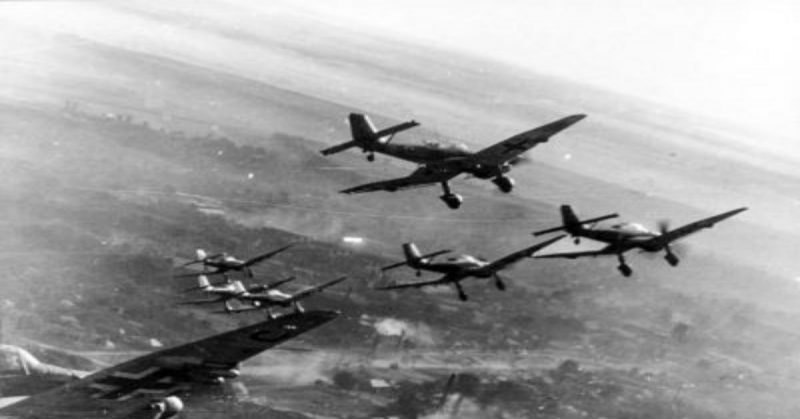As the driving force behind the Second World War in Europe, Adolf Hitler transformed a withered German war machine into something that seemed almost unstoppable.
After Versailles
Hitler’s fury at the world and his country’s military weakness were both rooted in the same event – the end of the First World War.
Having lost the war, Germany was forced to make huge concessions as part of the Versailles settlement. Fearful of further German aggression, the Allies forced their defeated foe to accept a diminished military.
Limits were set on how large the German armed forces could be, what sort of equipment they could have, and what they could do with it. Having already suffered the humiliation of defeat, the German military now faced the further embarrassment of being indefinitely bound by the victor’s rules.
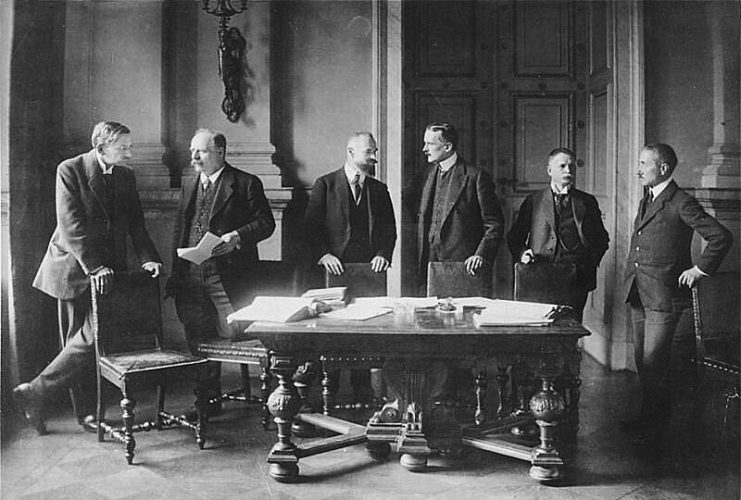
Hitler, embittered by his own experiences as well as those of his country, wanted to lash out at the world. He believed that Germany had not just a right but a duty to grow strong again, to lead the world by force.
Personal Power
The root of Hitler’s political power lay in his personal magnetism. He had incredible strength of will and a strange charisma that drew people to his cause. He used it to rally others around him and his twisted ideology, letting him take power in Germany.
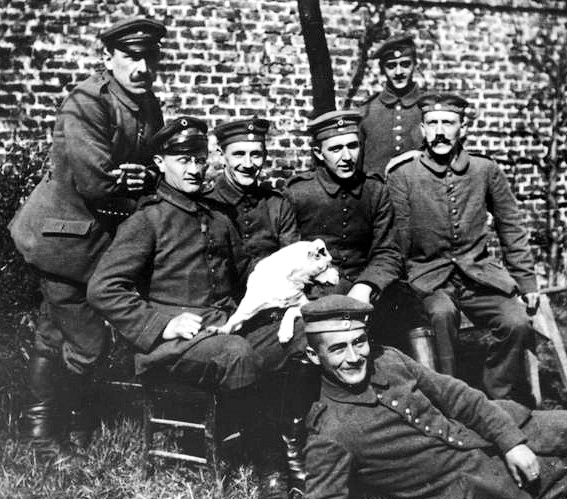
Once in charge, he used that charisma to motivate the army. His mass rallies and personal appearances whipped up a fervor of militaristic nationalism, stirring dreams of glory. Compared with their weakness and timidity over the preceding years, this was hugely appealing to military men. Their enthusiasm was renewed.
A Culture of Strength
Hitler’s ideology was one that suited a strong military. The projects and culture that grew out of it encouraged a supply of capable fighting men.
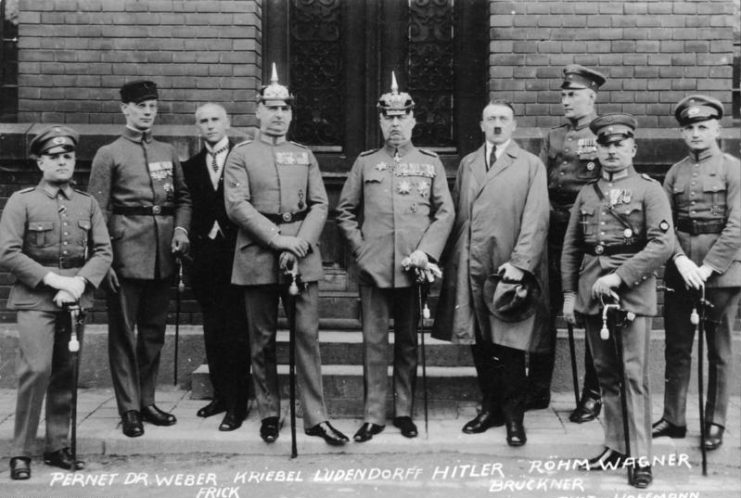
In particular, Hitler emphasized the importance of physical fitness. Groups such as the Hitler Youth encouraged exercise, discipline, and an interest in military matters. Children and adults alike were encouraged to follow a lifestyle that would suit them for war.
Officers
In rebuilding the strength of the German military, Hitler needed support from the officer corps. Though some conservatives were wary of this firebrand politician, other officers joined enthusiastically in rebuilding Germany’s strength.
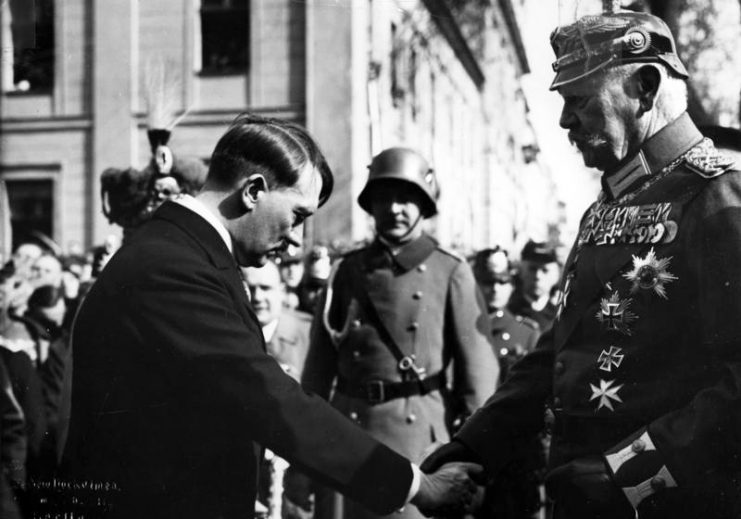
Too many men played a part to list them all, but a few examples can show the big picture. There was Hermann Goering, a celebrated fighter ace and aerial commander of the First World War, who took command of Germany’s new air force.
Heinz Guderian, the specialist in tank warfare who played a critical part in Germany’s secret rearmament and who was one of the minds behind the Blitzkrieg strategy. Erwin Rommel, the dynamic battlefield commander and author of Infantry Tactics, a book that shaped Germany’s aggressive way of fighting.
These men helped Hitler to rebuild, quietly at first and then openly, in preparation for war.
A Gradual Start
That gradual approach to rebuilding was crucial to Hitler’s success. At first, he rebuilt in secret, hiding his efforts from the other world powers. Preparations for the Luftwaffe were concealed behind the veil of civil aviation. Tanks and armored infantry took part in secret wargames and training in Russia. Lies were spread that underestimated the specifications of battleships.
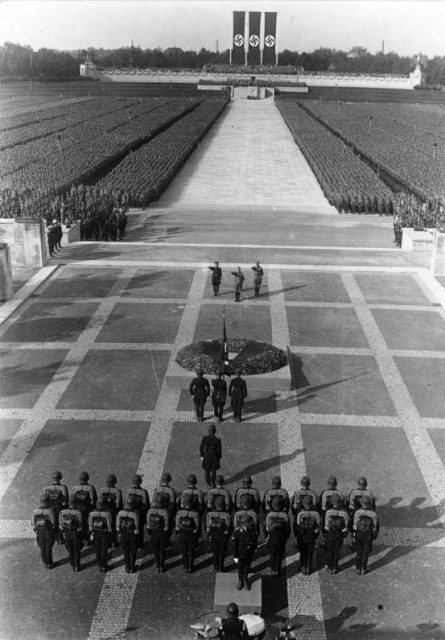
This gradual start meant that there was no single point at which Germany’s opponents reacted as one. By the time the Versailles Treaty was in tatters, Germany was already too strong for them to step in and prevent rearmament.
It was the same when Hitler started expanding. First, he rearmed a previously demilitarized area of Germany. Then he went into Austria, with support from inside that country. By the time he took a chunk of Czechoslovakia, it wasn’t a blatant shift into war, but a slight step up from what people had already accepted.
![Poland, parade in front of Adolf Hitler.Scherl Bilderdienst: From the movie “Campaign in Poland”. Shown here: one of the most enthralling scenes; German soldiers passing the Führer during their advance. 4.2.1940 [date of publication] Photo: Bundesarchiv, Bild 183-S55480 / CC-BY-SA 3.0, CC BY-SA 3.0 de](https://www.warhistoryonline.com/wp-content/uploads/sites/64/2018/07/bundesarchiv_bild_183-s55480_polen_parade_vor_adolf_hitler-741x493.jpg)
Advanced Weaponry
Initially restricted in how many men he could raise to the armed forces, Hitler focused on technological superiority to give them their edge.
Battleships like the Bismarck gave Germany power at sea.
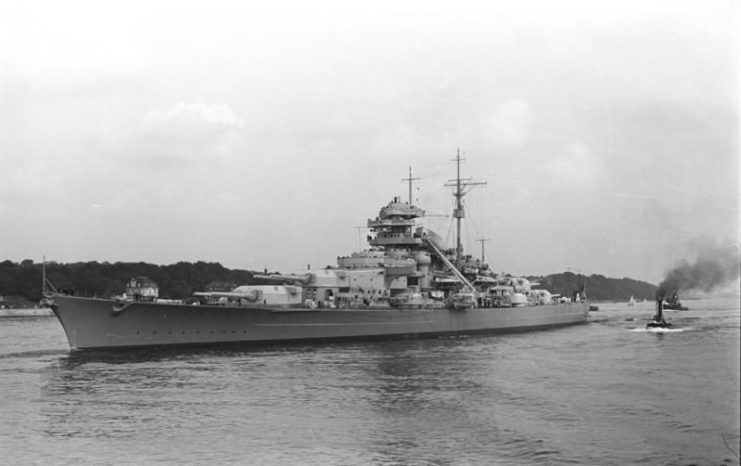
A series of tanks helped German ground forces punch great holes through the enemy in Poland and France. First, the PzKpfw III and IVs, then the Panther and Tiger tanks, gave German tankers the power and maneuverability to take on anything the Allies sent against them.
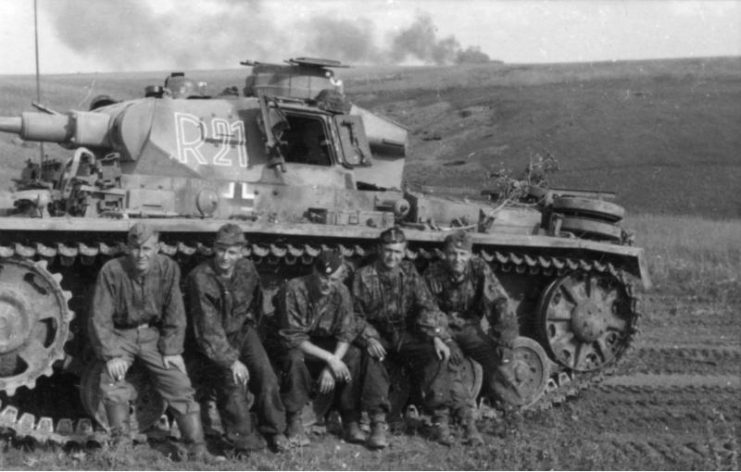
In the skies, the Messerschmitt Bf109 was one of the best fighter planes in the world, able to take on Britain’s Spitfires and Hurricanes.
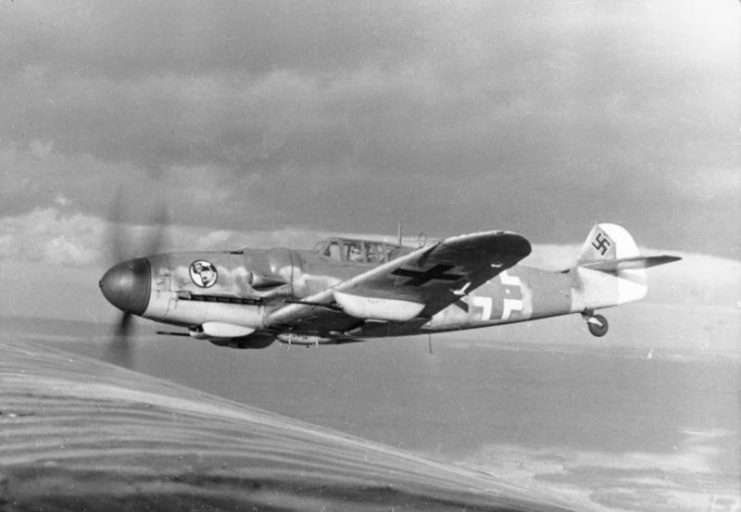
Even German infantry weapons were superior and designers kept refining them. Developed during the war, the MP43 was the predecessor of all assault rifles, giving German infantry a huge advantage in offensive firepower.
Aggressive Tactics
This focus on the offensive was critical to Germany’s success. The likes of Guderian and Rommel produced dynamic offensive tactics. The ultimate example of this was the Blitzkrieg, the strategy of sudden and overwhelming force with which Germany conquered Poland in 1939 and France, Belgium, and the Netherlands in 1940.
Fast-moving, coordinated attacks left the enemy reeling, given the right circumstances. It was an approach Hitler encouraged, to great success.
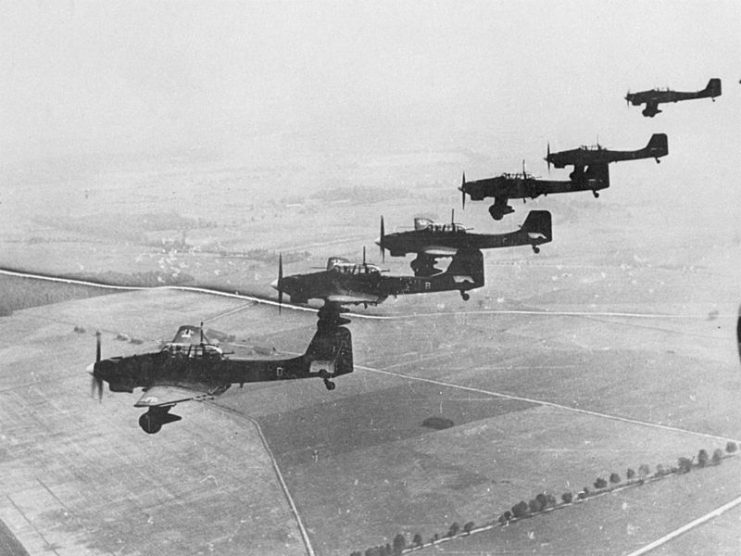
Morale-Boosting Victories
Those early victories, together with previous successes in the Spanish Civil War, boosted the morale of the German army. By the time the Second World War was in full swing, Germany’s demoralized post-Versailles days were far behind it. This was an army driven by a sense of certainty that it could win.
Read another article like this – Heinz Guderian: The Father of the Blitzkrieg
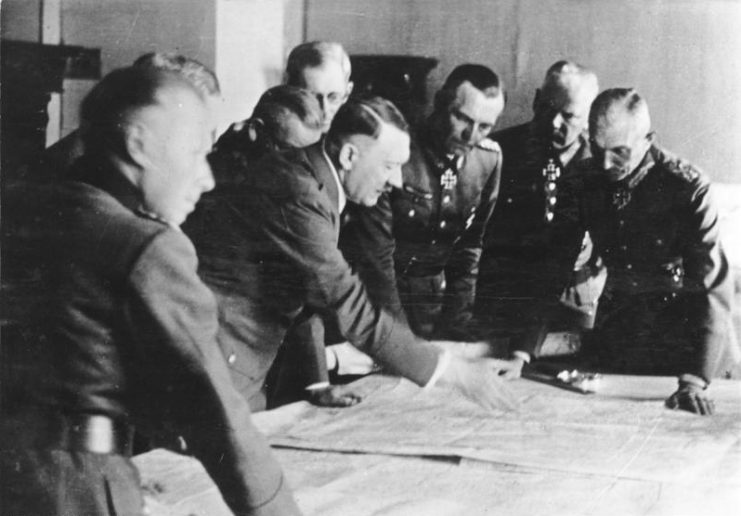
Hitler’s approach made for a powerful army. But ultimately, it held the seeds of its own downfall. Arrogance and aggression were needed to give it strength, but they stirred up a war against half the world, and no army could be strong enough for what was coming.
